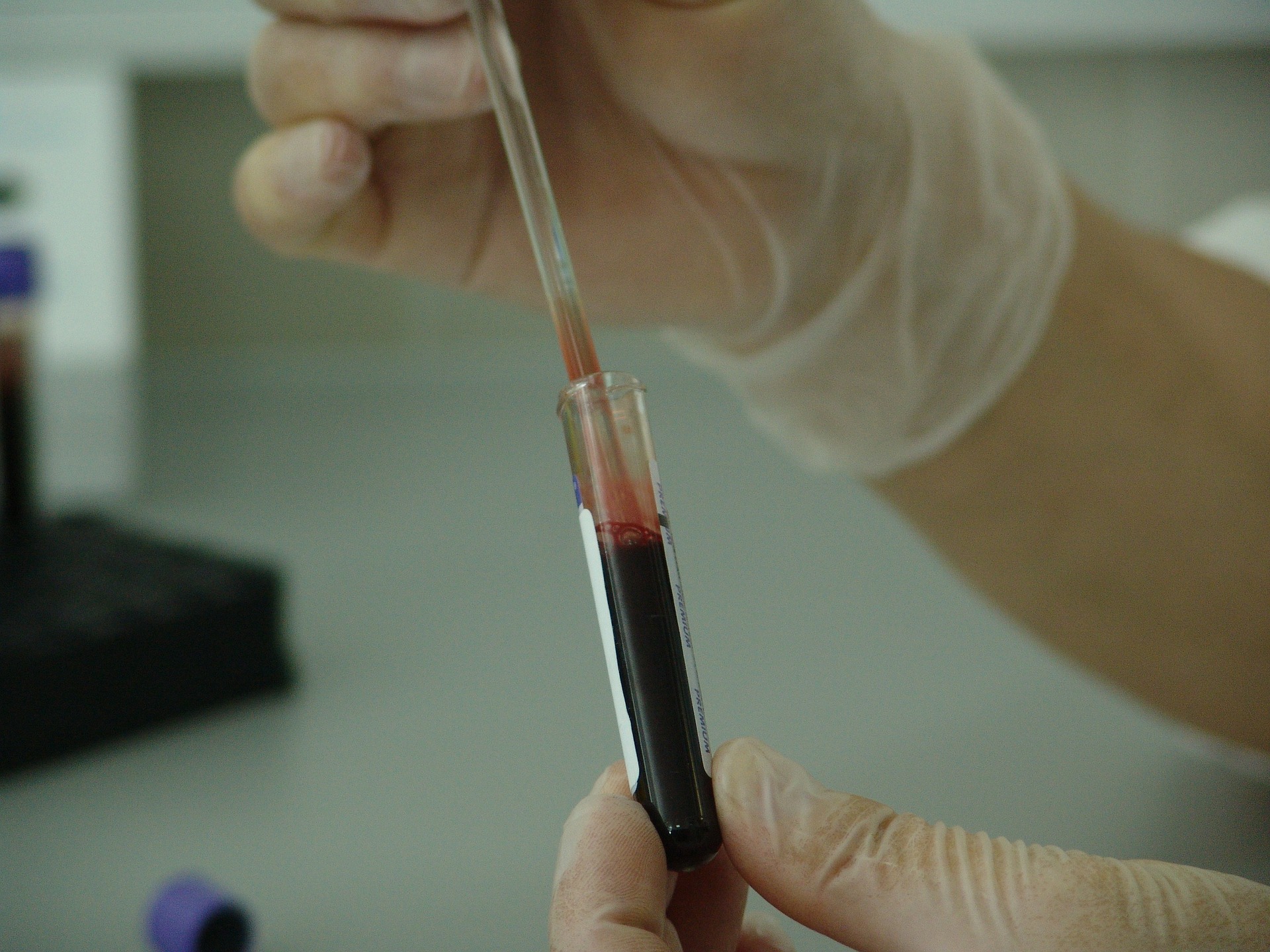Genealogical websites and the future of catching criminals
Last week, a suspect in California’s notorious Golden State Killer cases was captured after decades in hiding. In the end, Joseph James DeAngelo, a former cop, was tagged by family.
Unlike typical informants, however, DeAngelo’s relatives presumably never communicated with law enforcement about the investigation and didn’t even know that DeAngelo was suspected of any crime. So how did they betray him? By using a genealogical website to explore their family tree.
From 1976 to 1986, DeAngelo allegedly killed at least a dozen individuals and raped at least 50 women throughout California. For years, police worked to track him down, but all leads came to dead ends. Recently, however, investigators tried a different tactic. Instead of directly identifying the suspect – akin to finding a needle in a huge haystack – they sought to reduce the size of the haystack by identifying the suspect’s family.
They did so by obtaining a sample of the suspect’s DNA that had been collected from one of the crime scenes, arranging for the DNA to be sequenced, and uploading the sequence data to genealogical websites.

Ultimately, investigators identified one of the suspect’s relatives on the website GEDmatch, which offers its matching tools for free to registered users. With the haystack substantially reduced, identifying the needle became only a matter of collecting the family’s DNA and comparing it to DNA from various crime scenes. DeAngelo’s DNA, which was collected from an object that he discarded while police surveilled him, made the match.
Since the details of this detective work came to light, media attention has focused on the numerous genetic test providers that sequence individual DNA and often pool the data into large databanks while allowing participants to download their raw sequence data.
These include not only direct-to-consumer testing companies like 23andMe and Genos, but also non-profit entities like the National Geographic Society’s Genographic Project, as well as academic research initiatives like the University of Michigan’s Genes for Good and Harvard’s Personal Genome Project.
As noted by others, most of these test providers disclose that they will provide users’ DNA to law enforcement under certain circumstances, although it appears that the police rarely make such requests and almost all of them have been successfully resisted by test providers.
Less attention has been paid to law enforcement’s use of genomic data pooling websites and online tools that analyze raw sequence data after it has been obtained from other sources. In connection with our ongoing work on genomic citizen science, we’ve analyzed dozens of these websites and related tools for analysis, which exist within an expanding landscape of DNA-related services that support self-discovery.
Some tools, like GeneKnot and openSNP, provide information about an individual’s health or wellness based on their sequence data. Others connect users to their genetic relatives. These include not only GEDmatch, which was used to finger DeAngelo, but also Gencove’s Relative Radar and DNA.Land.
Users of these sites are often required to agree to policies that prohibit submitting samples and uploading data belonging to anyone other than themselves. GEDmatch’s terms of use are silent on this issue, although users are required to confirm that any data they upload “is either your DNA or the DNA of a person from whom you are a legal guardian or have obtained authorization to upload their DNA to GEDmatch.”
Investigators are obviously not in a position to obtain unknown suspects’ permission to upload their DNA, raising the question whether doing so under a fake name (the route taken by the California detectives) is legally or ethically improper regardless of site policies.
At least one law professor has questioned whether police use of a fake identity on GEDmatch undermines the legality of the evidence against DeAngelo. Others have raised privacy concerns about police use of a non-governmental DNA database to identify unwitting relatives of participants.
However, it’s worth noting that GEDmatch (like most sites providing genetic testing or analytical tools directly to individuals) repeatedly reminds users that it cannot guarantee absolute privacy and security of their information.
The broader question is whether we’re comfortable allowing law enforcement access to online tools used by genetic hobbyists for the purpose of catching their criminal relatives. On one hand, society has an interest in quickly identifying and punishing perpetrators of violent crimes, and at least one detective has hailed the use of genealogical websites to identify them as “one of the best crime-fighting tools to come along in a long, long time.”
On the other hand, individuals may not be aware that their use of such tools might turn them into informants against their own family – but this may be less true today than it was a week ago.
Poll: Do you think law enforcement should be allowed to identify suspects of crimes by matching their DNA to relatives who participate in genealogical websites?
- Yes (83%, 232 Votes)
- No (17%, 46 Votes)
Total Voters: 278
Editor’s Note: The results reflected in this poll do not reflect the views of Baylor College of Medicine.
-By Christi J. Guerrini and Mary A. Majumder in the Center for Medical Ethics and Health Policy at Baylor College of Medicine




Pingback: When DNA ancestry tests reveal something surprising - Baylor College of Medicine Blog Network